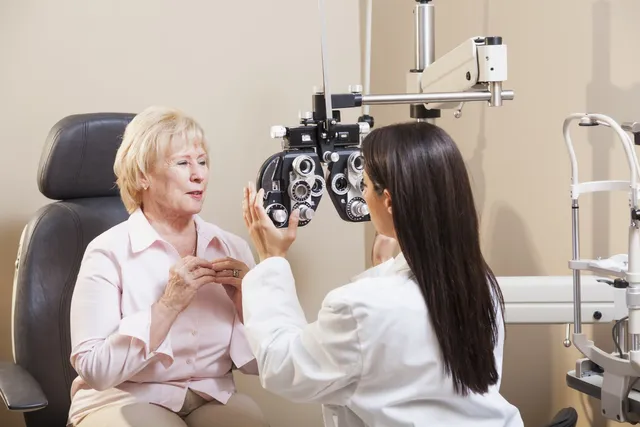Cataracts: What’s that? Something that people get when they are old, right? Not quite. Cataracts are a clouding of the eye’s lens and affect around 25% of people who live to 80 years and older.
Read on as a Fort Worth, TX optometrist discusses cataracts, what causes them, and common risk factors that can make you more susceptible to developing them.
What Are Cataracts?
Cataracts form when the lens of your eye becomes cloudy, making it harder to see. They happen when the proteins in your lens start to clump together and form a cataract. The lenses in our eyes are clear, but they’re made up of protein. When cataracts form, those proteins start to clump together and form a thick mass.
If you have cataracts, these clumps can make your vision blurry or fuzzy. You might notice dimming or darkening of colors, too. You might miss out on details like seeing a bird in flight or watching an object move across the floor.
Cataracts can get worse over time if they aren’t treated early on.
What Causes Cataracts?
Cataracts can occur in any age group, and they’re caused by a combination of genetics and environmental exposure.
The most common cause of cataracts is age-related changes to the lens. As we age, the proteins that make up our lens start to clump together and weaken its ability to focus light properly. This makes it harder for light to pass through your lens and reach your retina, which means that you’ll need more light or stronger lenses to see clearly. The longer this goes on, the worse things will get—and eventually, you’ll need surgery to remove your cataract-clouded lens and replace it with an artificial one.
But there are other causes too: some medications can increase your risk of developing cataracts, as can some infections and diseases like diabetes.
Cataract Risk Factors
Cataracts can develop as early as your 20s, but most commonly occur after age 50. They’re more common in people who have diabetes, and they can be inherited.
Cataract risk factors include:
- Age (risk increases after age 40)
- Family history of cataracts
- Smoking or secondhand smoke exposure
- Obesity (excess weight around the midsection)
- Diabetes
- Long-term steroid use
- Ultraviolet radiation exposure (from sunlight or tanning beds)
- Oral contraceptives (birth control pills)
If you have more questions or wish to schedule an eye exam, please feel free to call our Fort Worth, TX optometry office today!



